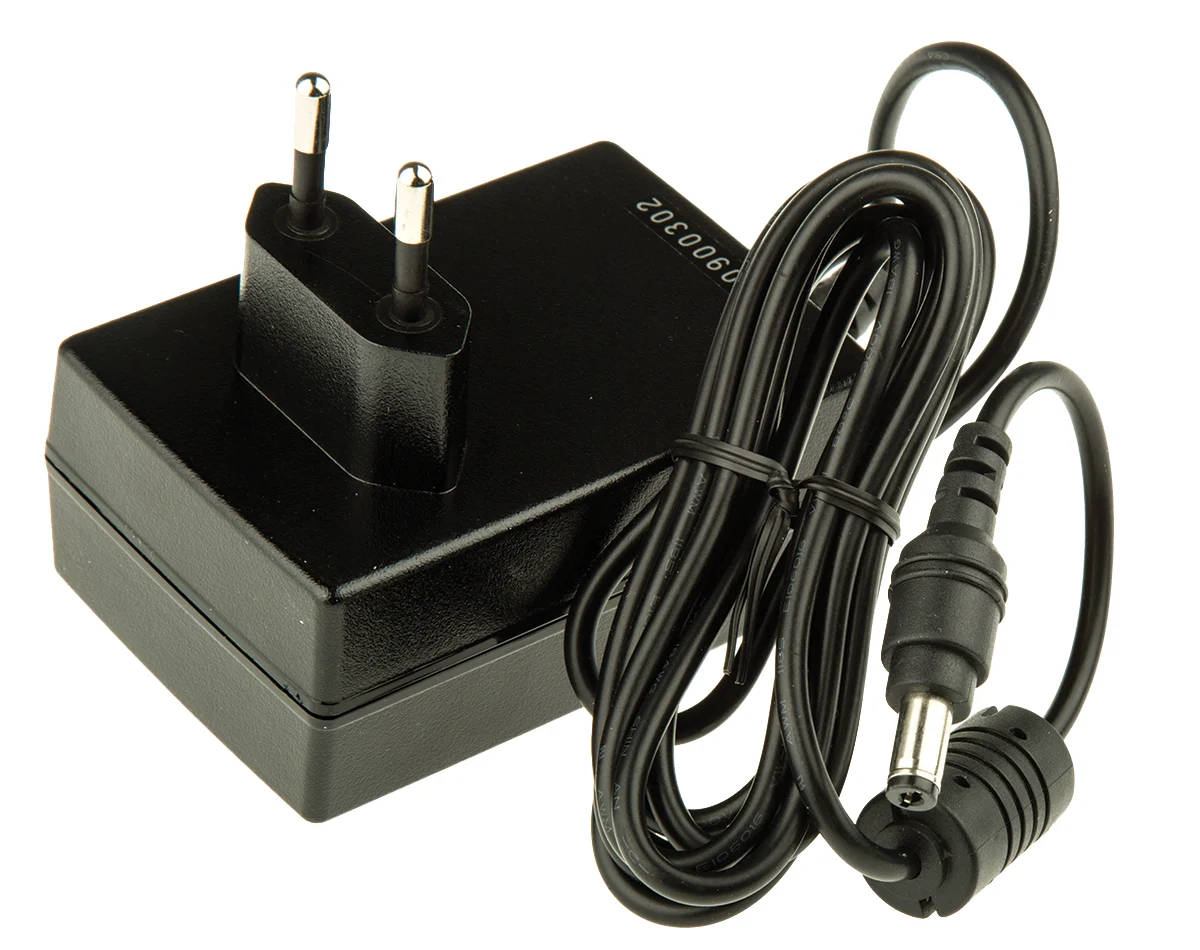

Articles
What Does Ac Adapter Mean
Modified: October 18, 2024
Discover what AC adapter means and how it relates to articles. Uncover the benefits and applications of AC adapters in this informative article.
(Many of the links in this article redirect to a specific reviewed product. Your purchase of these products through affiliate links helps to generate commission for Storables.com, at no extra cost. Learn more)
Introduction
Welcome to the world of electronic devices and gadgets! From smartphones to laptops to gaming consoles, these devices have become an integral part of our daily lives. But have you ever wondered how these devices are powered when we are not using them on the go?
This is where AC adapters come into play. An AC adapter, also known as a power adapter or charger, is a crucial component that allows electronic devices to draw power from an electrical outlet. In this article, we will take a closer look at AC adapters, their functions, types, and the importance of choosing the right one for your device.
So, let’s dive in and explore the world of AC adapters!
Key Takeaways:
- AC adapters are essential for powering electronic devices, offering versatility, portability, and safety features. Choosing the right adapter based on device requirements and quality ensures optimal performance and protection from common issues.
- Understanding how AC adapters work and following key tips for selection can optimize device performance and ensure uninterrupted power supply. High-quality adapters from reputable manufacturers are crucial for safety and efficiency.
Read more: What Does Auto Mean On AC
Definition of AC Adapter
An AC adapter is an external power supply that converts the alternating current (AC) voltage from a wall outlet into the direct current (DC) voltage required by electronic devices. It serves as a bridge between the power source and the device, ensuring a proper and reliable power supply.
AC adapters are designed to provide the correct voltage, current, and polarity required by a specific device. They often come with different connectors or tips to fit various devices. This versatility allows AC adapters to be used with a wide range of electronic devices, including laptops, smartphones, tablets, cameras, and many more.
In essence, an AC adapter functions as a power transformation device, enabling devices to operate safely and efficiently by converting the high-voltage AC power from the electrical outlet into the low-voltage DC power that electronic devices need.
Function of AC Adapter
The main function of an AC adapter is to provide power to electronic devices by converting the AC voltage from the mains power supply into the appropriate DC voltage required by the device. This conversion ensures that the device receives a steady and regulated power supply, protecting it from voltage fluctuations and potential damage.
AC adapters have specific voltage and current ratings that are compatible with the device they are intended to power. The voltage rating is the amount of electrical potential difference supplied by the adapter, while the current rating represents the amount of electrical current that the adapter can provide. Both the voltage and current ratings are crucial in delivering the right amount of power to the device for optimal performance.
In addition to voltage and current regulation, AC adapters often come equipped with built-in features such as surge protection, overcharge protection, and short-circuit protection. These safety mechanisms ensure that the connected device is shielded from power spikes, excessive charging, and electrical faults, thereby prolonging its lifespan.
Furthermore, AC adapters are designed to be portable and lightweight, making them easy to carry and use while traveling or on the go. They eliminate the need for direct connection to the mains power supply, providing a convenient and versatile power solution for various devices.
Overall, the function of an AC adapter is essential in providing a stable and consistent power supply to electronic devices, ensuring their proper functioning and protection from electrical irregularities.
Types of AC Adapters
AC adapters come in various types, each designed to cater to the specific requirements of different electronic devices. Let’s explore the most common types of AC adapters:
- Wall Wart Adapters: These are the most commonly used AC adapters and are often included with devices such as smartphones, tablets, and small electronics. Wall wart adapters plug directly into a wall outlet and provide a fixed DC voltage and current rating suitable for the device. They typically have a cylindrical or rectangular shape with a cord that connects to the device.
- Laptop Adapters: Laptop adapters are specifically designed to power and charge laptop computers. They typically have a two-piece design consisting of a power brick and a detachable power cord. Laptop adapters provide a higher wattage to meet the power demands of these larger devices.
- USB Adapters: With the increasing popularity of USB-powered devices, USB adapters have become prevalent. These adapters plug into a USB port on a computer or wall outlet and provide power to devices such as smartphones, tablets, and USB-powered accessories. USB adapters come in different power outputs, including standard USB ports, USB-C, and micro-USB.
- Car Adapters: Car adapters, also known as car chargers, are designed to power devices while on the road. They plug into a car’s cigarette lighter or power outlet and convert the DC power from the car’s electrical system into the appropriate voltage and current for the device. Car adapters are commonly used for charging smartphones, GPS devices, and portable DVD players.
- Universal Adapters: Universal adapters are versatile and can be used with multiple devices. They typically come with interchangeable tips or connectors to fit a wide range of devices. Universal adapters are convenient for travelers and those who need to charge multiple devices with a single adapter.
These are just a few examples of the various types of AC adapters available in the market. It’s crucial to choose an adapter that is compatible with your device to ensure safe and efficient power delivery.
Importance of AC Adapters
AC adapters play a crucial role in our modern-day lives, offering several benefits and advantages. Here are some key reasons why AC adapters are important:
- Powering Devices: AC adapters are essential for powering electronic devices that require a direct current (DC) power source. By converting the alternating current (AC) voltage from the mains power supply into a suitable DC voltage, AC adapters provide the necessary power for devices to function properly.
- Versatility and Compatibility: AC adapters come in various types and are designed to be compatible with a wide range of devices. Whether it is a laptop, smartphone, tablet, camera, or gaming console, there is an AC adapter available to power the device. This versatility allows users to connect and charge their devices conveniently, regardless of the specific power requirements.
- Portability and Convenience: AC adapters are compact, lightweight, and portable, making them convenient to carry and use on the go. Whether you are traveling or working remotely, having a reliable and portable power source for your electronic devices is essential. AC adapters enable you to charge your devices wherever you are, ensuring uninterrupted functionality.
- Protection and Safety: AC adapters often incorporate safety features such as surge protection, overcharge protection, and short-circuit protection. These features safeguard both the device and the user from potential damage or harm caused by electrical irregularities. AC adapters provide a stable and regulated power supply, protecting devices from voltage fluctuations and potential risks.
- Efficient Power Delivery: AC adapters are designed to deliver the optimum amount of power required by a specific device. By providing the correct voltage and current ratings, they ensure efficient power delivery without overloading or underpowering the device. This maximizes device performance and prolongs battery life.
- Compatibility with International Power Systems: AC adapters are designed to work with different power systems and voltages worldwide. This is especially important for travelers who may encounter different power outlets and voltages. AC adapters with universal compatibility allow users to safely and efficiently power their devices in any country or region.
In summary, AC adapters are vital components for powering and charging electronic devices. From providing the correct voltage and current to ensuring portability and safety, AC adapters offer numerous benefits that enhance our experience with electronic devices in various settings.
An AC adapter, also known as a power adapter, is a device that converts alternating current (AC) from a power outlet into direct current (DC) to power electronic devices. Make sure to use the correct voltage and current rating for your device to avoid damage.
Read more: What Does High Head Pressure Mean In HVAC
How AC Adapters Work
AC adapters act as intermediaries between the mains power supply and electronic devices, converting the high-voltage alternating current (AC) from the power outlet into the low-voltage direct current (DC) required by the devices. Let’s take a closer look at how AC adapters work:
- Step-down Transformer: The first component in an AC adapter is a step-down transformer. The transformer consists of primary and secondary coils of wire wound around a magnetic core. The primary coil is connected to the mains power supply, while the secondary coil is connected to the device. The primary coil has a larger number of turns than the secondary coil, which allows it to step down the high-voltage AC power to a lower voltage suitable for the device.
- Rectifier: After the voltage is stepped down, the AC voltage is converted into pulsating DC voltage using a rectifier. The rectifier consists of diodes that allow current to flow in one direction only. This rectification process converts the AC waveform into a pulsating DC waveform.
- Filter: The pulsating DC voltage is then passed through a filter, typically a capacitor, which smooths out the waveform and eliminates any residual AC components to create a stable DC voltage. The filter capacitor charges up during the periods of positive voltage and discharges during the periods of no voltage, creating a continuous DC voltage with minimal ripple.
- Voltage Regulation: Many AC adapters incorporate voltage regulation circuits to ensure that the DC output voltage remains stable and within the desired range. These circuits use feedback mechanisms to monitor the output voltage and make necessary adjustments to maintain a constant voltage, irrespective of variations in input voltage or load conditions.
- Output Stage: The final stage of the AC adapter is the output stage, where the regulated DC voltage is connected to the appropriate connector or tip that plugs into the device. The output stage ensures that the DC voltage matches the requirements of the specific device, providing the correct voltage and current for optimal operation.
Overall, AC adapters work by transforming the incoming AC voltage to a lower voltage, converting it into DC voltage through rectification and filtering, and regulating the voltage to provide a stable and appropriate power supply for electronic devices.
Common Issues with AC Adapters
While AC adapters are essential for powering electronic devices, they can encounter certain issues that may affect their functionality and performance. Let’s explore some of the common issues that users may experience with AC adapters:
- Physical Damage: AC adapters, especially those used in portable devices, are prone to physical damage due to their constant handling and exposure to external elements. This can include frayed wires, bent connectors, or loose components. Physical damage can disrupt the power supply and may pose safety risks. It is important to handle AC adapters with care and replace them if any signs of damage are observed.
- Overheating: Overheating is a common issue with AC adapters, especially when they are used for prolonged periods or when the power load exceeds their capacity. Excessive heat can lead to performance issues, such as voltage fluctuations or even complete failure. It is important to ensure proper ventilation and avoid overloading the adapter by using it with devices that exceed its power rating.
- Wire Fraying or Breakage: The wires of an AC adapter can become worn out, frayed, or even break over time. This can result from frequent bending and twisting or improper storage. Damaged wires can cause power interruptions or even electrical hazards. Regularly inspecting the adapter’s wires and replacing them if necessary is important for safe and uninterrupted power supply.
- Compatibility Issues: Using an incompatible AC adapter with a device can lead to various issues. It may result in incorrect voltage or current delivery, which can damage the device or cause it to malfunction. It is crucial to ensure that the AC adapter is compatible with the specific device, considering factors such as voltage requirements, connector size, and polarity.
- Intermittent Power Supply: Sometimes, AC adapters may provide an intermittent power supply, where the device is not consistently powered. This can happen due to loose connections, defective components, or poor contacts between the adapter and the device. Ensuring a secure and proper connection, as well as checking for any loose parts or faulty components, can help resolve this issue.
- Power Surges and Voltage Spikes: Power surges or voltage spikes can occur when there are sudden increases in electrical voltage. These spikes can damage AC adapters, as well as the connected devices. Using surge protectors or voltage regulators can help mitigate the risks associated with power surges and protect both the adapter and the device.
When encountering any of these issues, it is advisable to consult the manufacturer’s guidelines, seek professional assistance if needed, or consider replacing the AC adapter with a new one to ensure a safe and reliable power supply for your electronic devices.
Tips for Choosing the Right AC Adapter
When selecting an AC adapter for your electronic device, it is important to choose the right one to ensure optimal performance and safety. Here are some key tips to consider when choosing an AC adapter:
- Check Device Requirements: Before purchasing an AC adapter, carefully review the voltage and current requirements of your device. The adapter should provide the same voltage as the device and offer sufficient current to meet its power demands. Using an adapter with incorrect voltage or insufficient current can damage the device or cause it to malfunction.
- Verify Connector Size and Polarity: AC adapters come with various connector sizes and tip shapes. Ensure that the adapter’s connector matches the port on your device. Additionally, check the polarity of the connector (e.g., center positive or center negative) and make sure it matches the device’s requirements. Using an AC adapter with the wrong connector size or polarity can result in incompatible power delivery.
- Consider Wattage or Power Rating: Determine the power rating or wattage required by your device. It is essential to choose an AC adapter that can supply the necessary power without overloading or underpowering the device. The wattage of the adapter should be equal to or greater than the device’s power requirements to ensure smooth operation.
- Ensure Compatibility: Ensure that the AC adapter is compatible with your specific device model and brand. Some devices have proprietary connectors or voltage requirements, so it’s important to choose an adapter specifically designed for your device. Avoid using universal adapters unless they clearly specify compatibility with your device.
- Consider Quality and Safety: Invest in a high-quality AC adapter from a reputable manufacturer. Quality adapters are built with better components, provide better regulation, and have safety features to protect against power surges, overcharging, and short circuits. Look for certifications such as UL (Underwriters Laboratories) or CE (Conformité Européene) to ensure compliance with safety standards.
- Consult Manufacturer Guidelines: Refer to the manufacturer’s guidelines or website to obtain information about recommended or compatible AC adapters for your device. Manufacturers often provide a list of approved adapters, ensuring compatibility and reducing the risk of damage or compatibility issues.
- Consider Portability and Versatility: If you travel frequently or use multiple devices, consider a portable and versatile AC adapter. Universal adapters with interchangeable tips or adapters that support multiple devices can be convenient and cost-effective solutions.
By following these tips, you can choose the right AC adapter that meets the power requirements of your electronic device, ensuring a safe and efficient power supply.
Conclusion
AC adapters are indispensable components in our increasingly connected and powered world. They provide the necessary power conversion and regulation for electronic devices, ensuring optimal performance and safe operation. Understanding the role and importance of AC adapters can help us make informed decisions when selecting the right adapter for our devices.
From wall wart adapters to laptop adapters, USB adapters, car adapters, and universal adapters, there is a wide range of options to choose from based on specific device requirements and personal preferences. It is crucial to consider factors such as voltage, current, connector compatibility, and power rating to ensure the correct adapter is selected for a particular device.
AC adapters offer versatility, portability, and convenience, allowing us to power our devices both at home and on the go. They protect our devices from voltage fluctuations, power surges, and other electrical irregularities, prolonging their lifespan and ensuring their proper functioning.
However, it is important to be aware of common issues that can arise with AC adapters, such as physical damage, overheating, compatibility issues, intermittent power supply, and power surges. Regular inspection, proper handling, and following safety guidelines can help mitigate these issues and ensure the longevity of the adapter.
Choosing a high-quality AC adapter from a reputable manufacturer is essential to ensure the safety, compatibility, and efficiency of the power supply. Considering the device’s requirements, checking connector size and polarity, verifying power ratings, and following manufacturer guidelines can help in selecting the right adapter for your specific device.
In conclusion, AC adapters play a vital role in powering our electronic devices, enhancing their functionality, and providing a reliable power supply. By understanding how AC adapters work and following the tips for selection and usage, we can optimize the performance of our devices and enjoy uninterrupted power supply in our daily lives.
Now that you've learned about AC adapters, consider how other devices might enhance your experience with electronic appliances. For instance, finding the right voltage converter can make all the difference when using your hair dryer abroad. Our next article covers everything you need to know about choosing the best voltage converter for your needs. Make sure to check it out and ensure your hair styling tools work flawlessly, no matter where your travels take you.
Frequently Asked Questions about What Does Ac Adapter Mean
Was this page helpful?
At Storables.com, we guarantee accurate and reliable information. Our content, validated by Expert Board Contributors, is crafted following stringent Editorial Policies. We're committed to providing you with well-researched, expert-backed insights for all your informational needs.









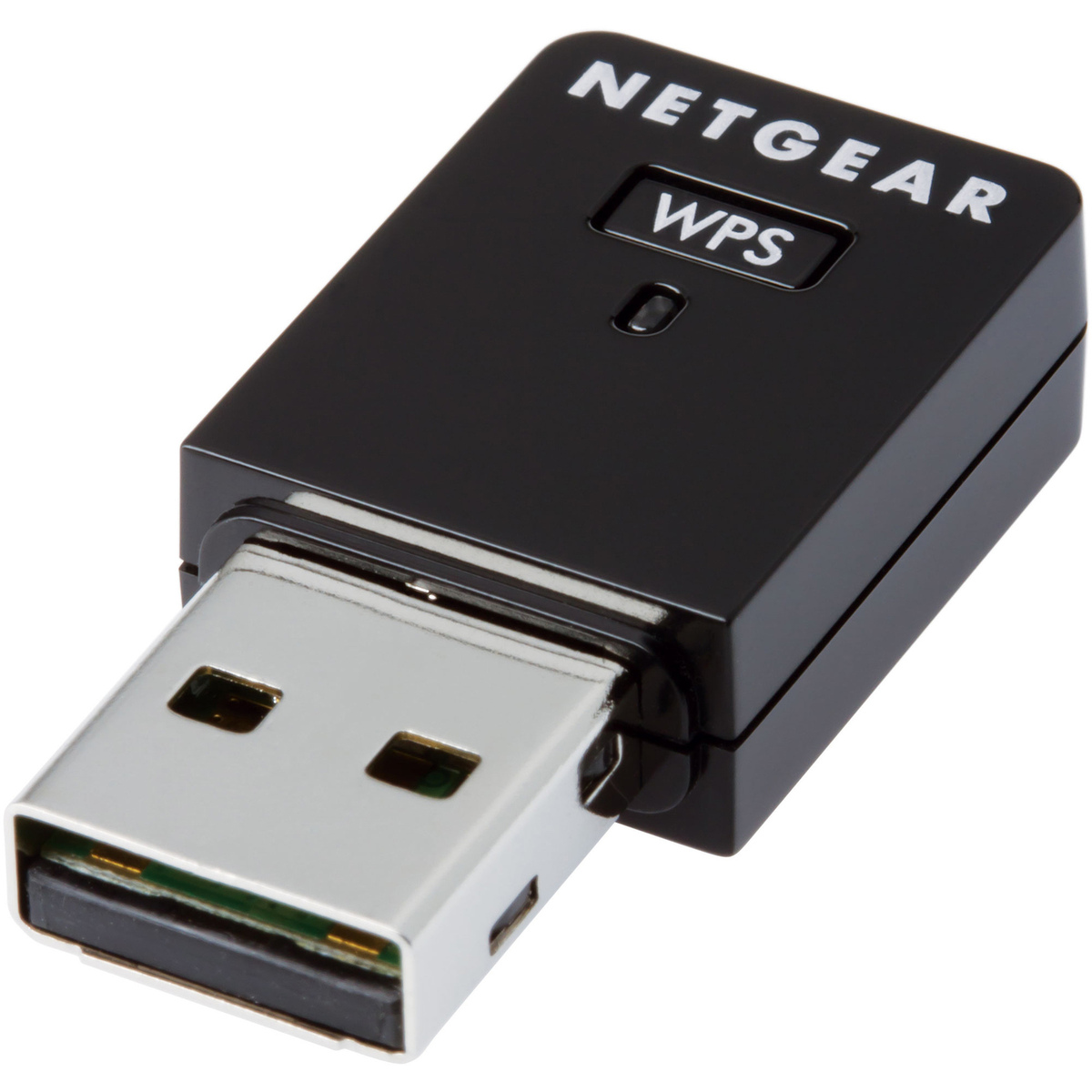
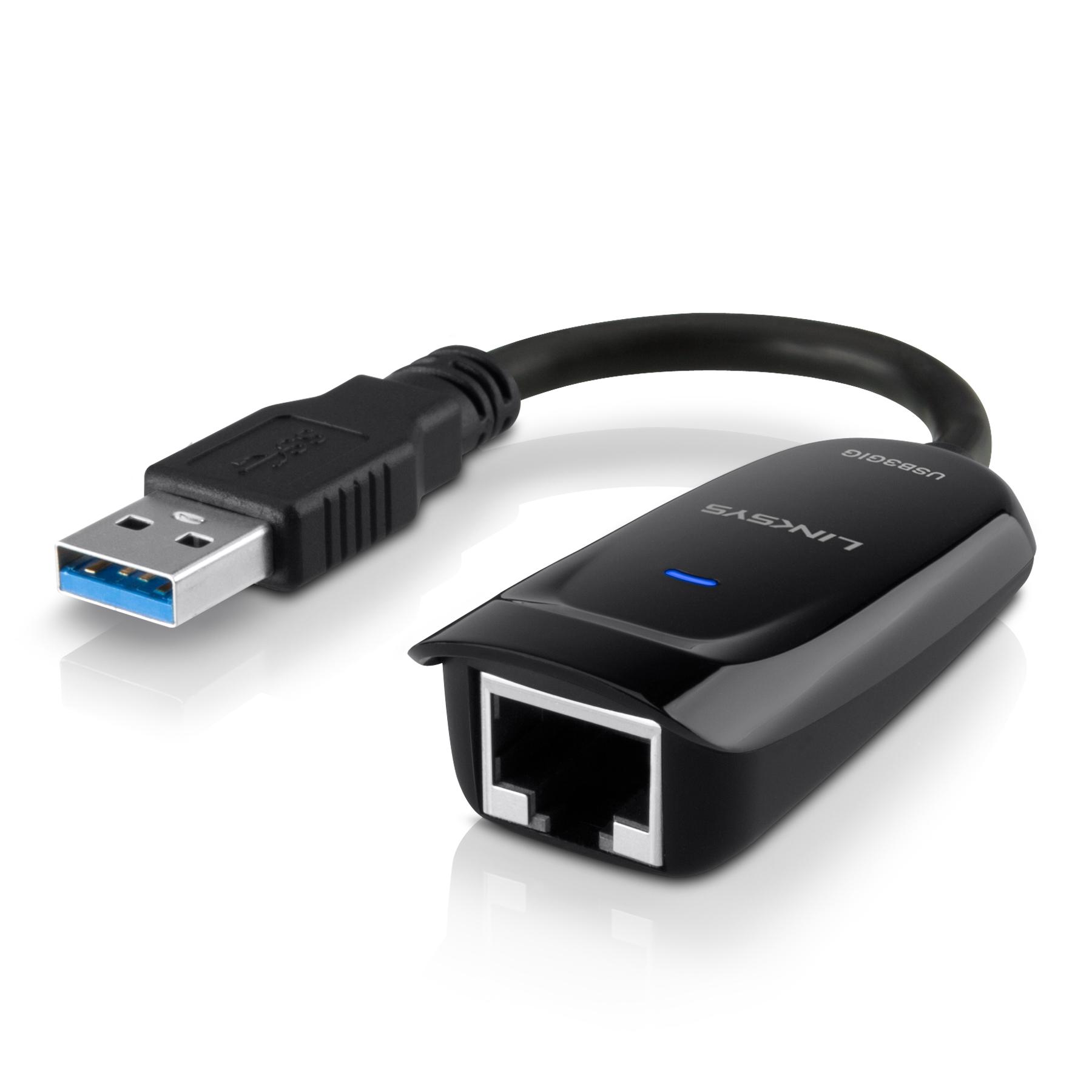
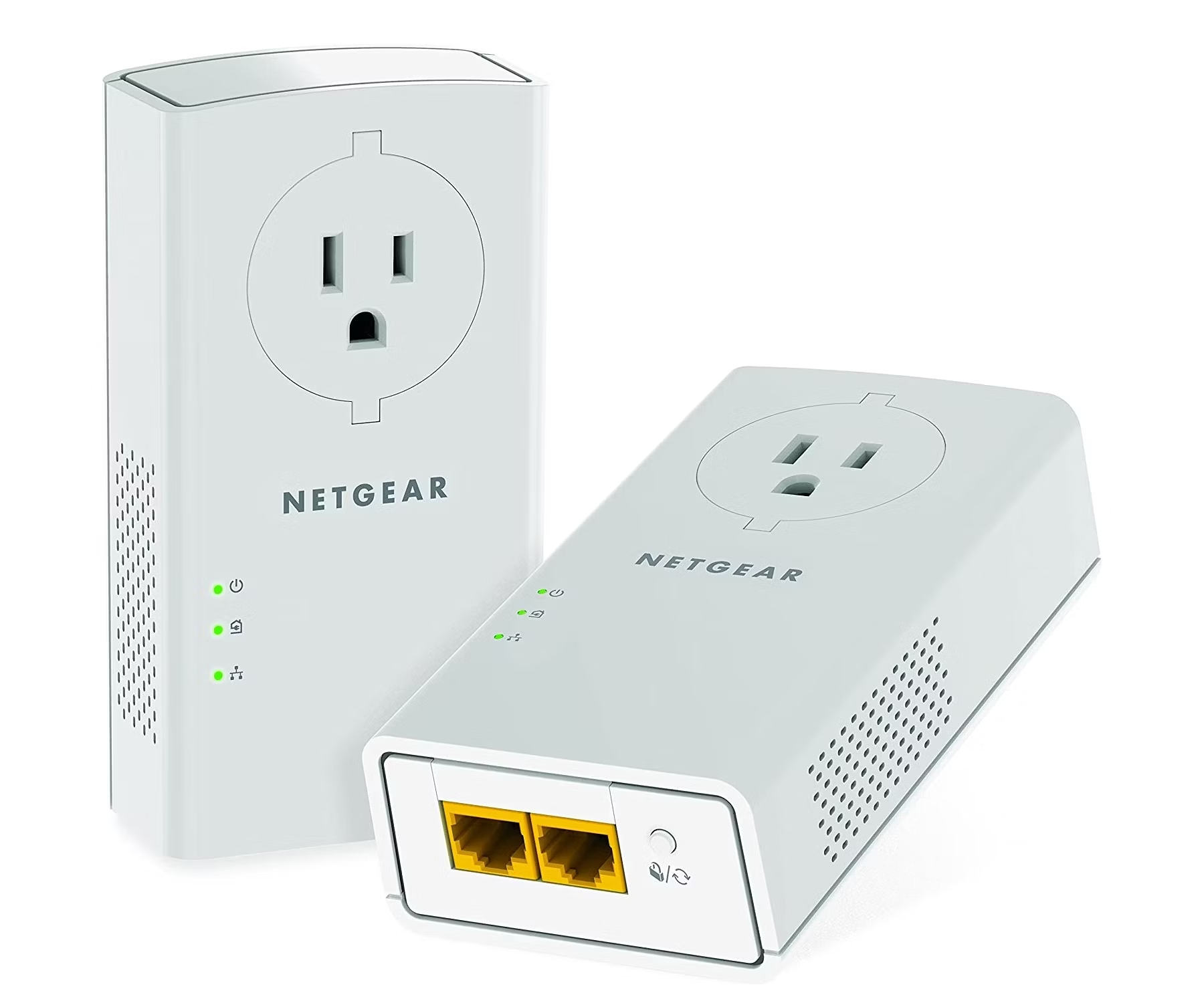
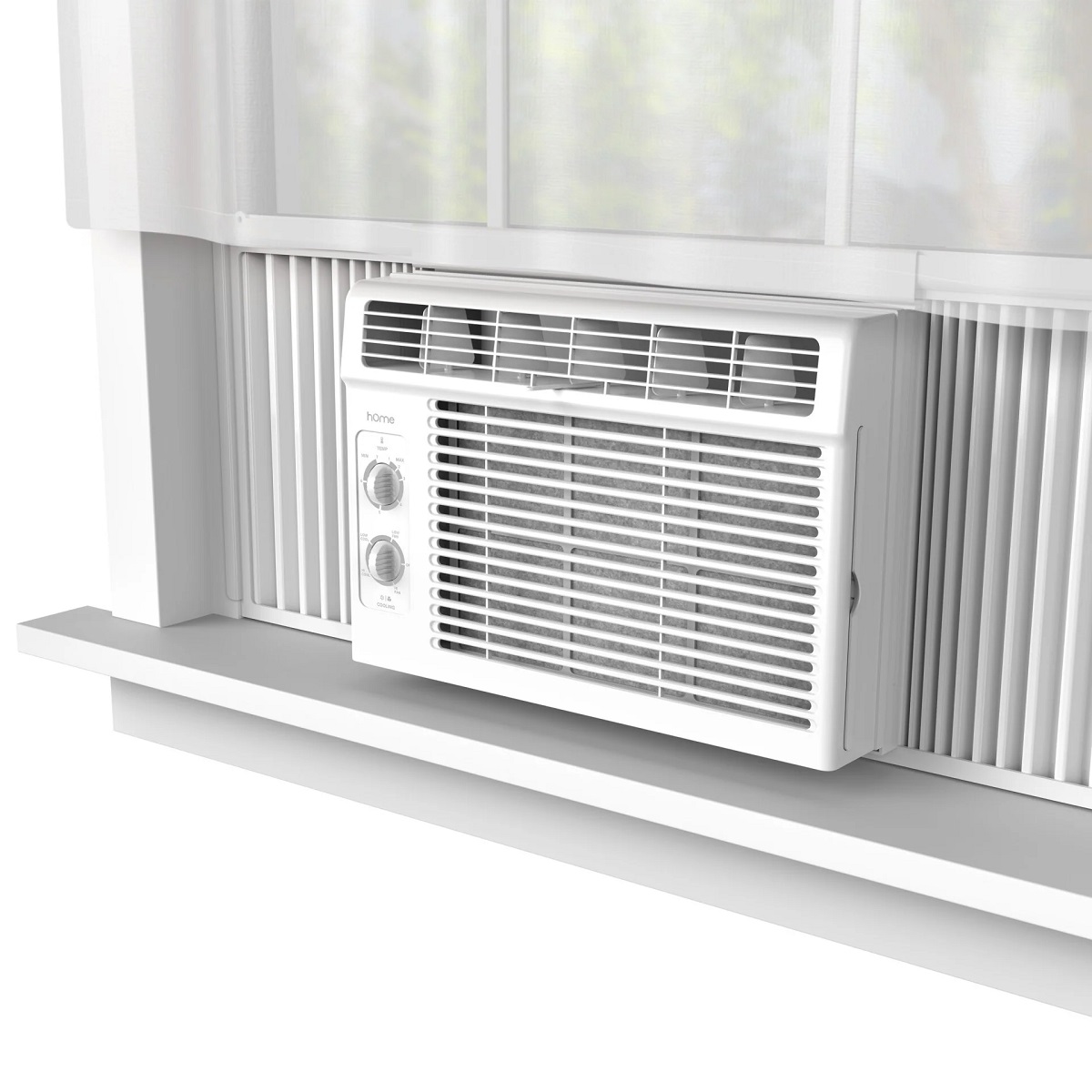
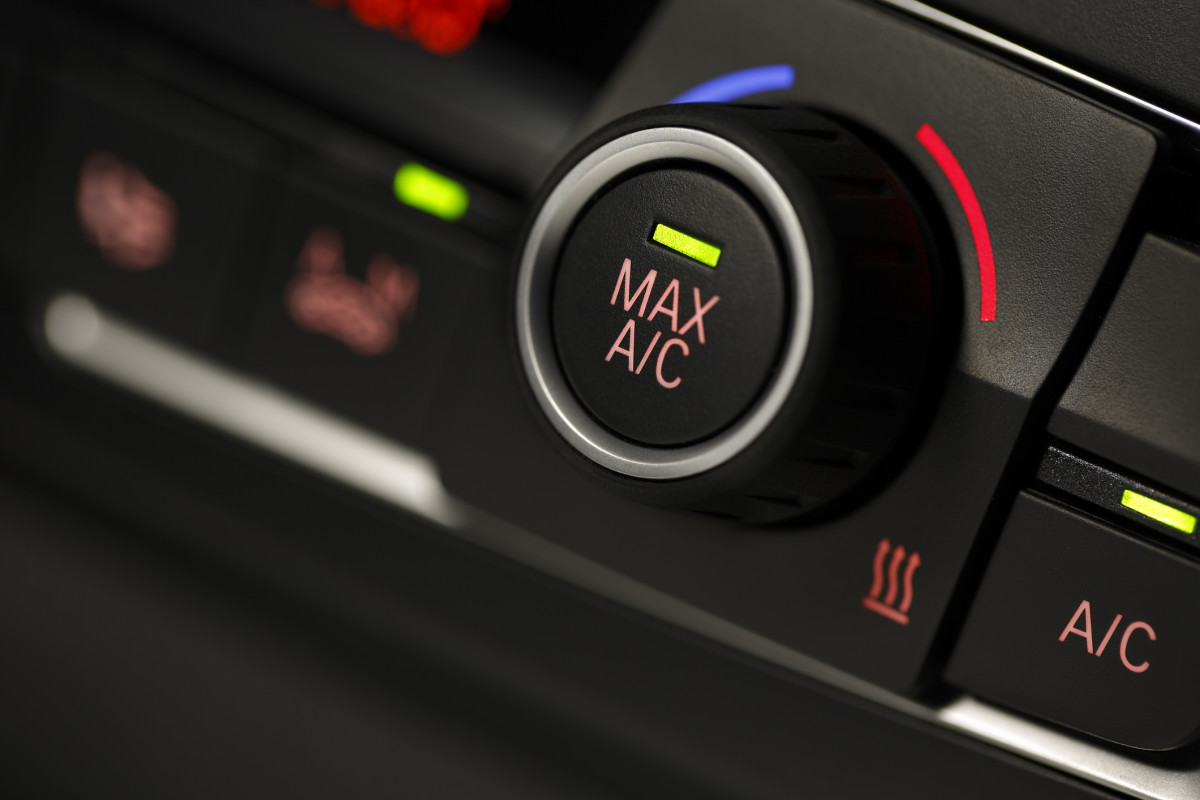

0 thoughts on “What Does Ac Adapter Mean”